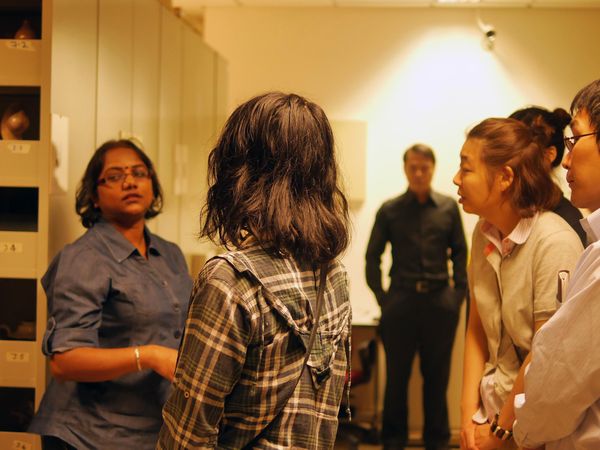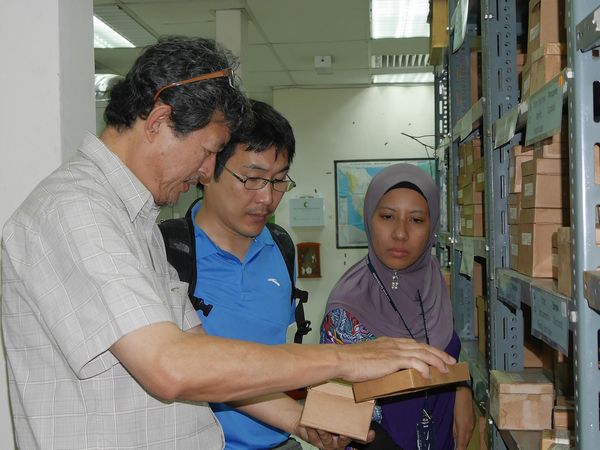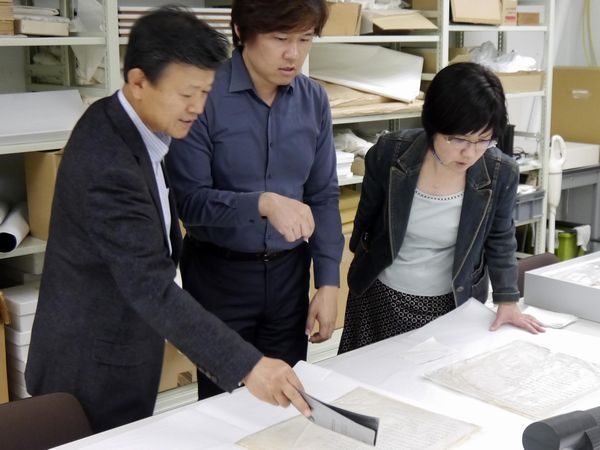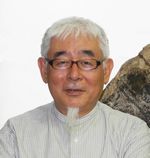International Museum Science Initiative from Kyoto University Through Connection of Specimens, Researchers, and Information in Asia
Project Gist
International Museum Science – new research field based on specimens , created by trans-bordering cooperation of researchers of Asian university museums.
Keywords
International Museum Science, museum specimens trans-bordering researchers, university museums
Background, Purpose, and Project Achievements
This project aims to create a novel academic field basing on activities of university museums. For this purpose, we carried out intensive exchange of ideas and experiences among 17 university museums and similar organizations among 10 countries.We visited each other frequently and also together held workshops and symposiums intensively. Through our these activities, we discussed every aspect about problems and future of university museums’ activities, including managing specimens, promoting specimen based research, constructing and using of database, nurturing next generation researchers, as well as outreaching activities including education of school children and life-long learning. In summary, we realized that trans-border cooperative dialogs among researchers from different disciplines basing on material evidences endorsed museums’ rich collections of specimens, will promote creating novel integrated research field “International Museum Science”. This new field may contribute in coining ways to solve various problems which present human society confront with. We also put emphasis in involving young researchers including post-graduate and post-doctoral students in this project. They cooperated enthusiastically in this project and gained rich international and trans-disciplinary experience. Thus this project also contributed in incubating next generation of talented and motivated researchers, who willingly make challenge to create new field of sciences.
Future Prospects
We will carry out a new SPIRITS project “Museum collections tell you about history of animal and human exchange in East Asia” in the next two fiscal years. We will elucidate interesting aspects of migration of animals, humans and their cultures among the region. Through this project, we will evaluate efficiency of our approach of International Museum Science as research methodology. Because this theme is a complex one, if we succeed to make good progress in elucidating this theme, it means at the same time that this methodology of ours has universal applicability for elucidating complex problems which human society confronts.
Figures



Principal Investigator

・OHNO Terufumi
・The Kyoto University Museum
・Prof. Dr. rer. nat. Terufumi Ohno
Born and brought up in Kyoto. His major is experimental palaeontology. He established tidal growth patterns in living and fossil bivalve shells, which may be applicable in deciphering length of the day in the past as well as constraining the history of earth-moon system. Currently he is interested in improving school pupil’s learning ability through bringing up communication capability in making detour to avoid constraints placed by hominid intelligence evolution which embodies a big obstacle for learning.
・http://www.museum.kyoto-u.ac.jp/
